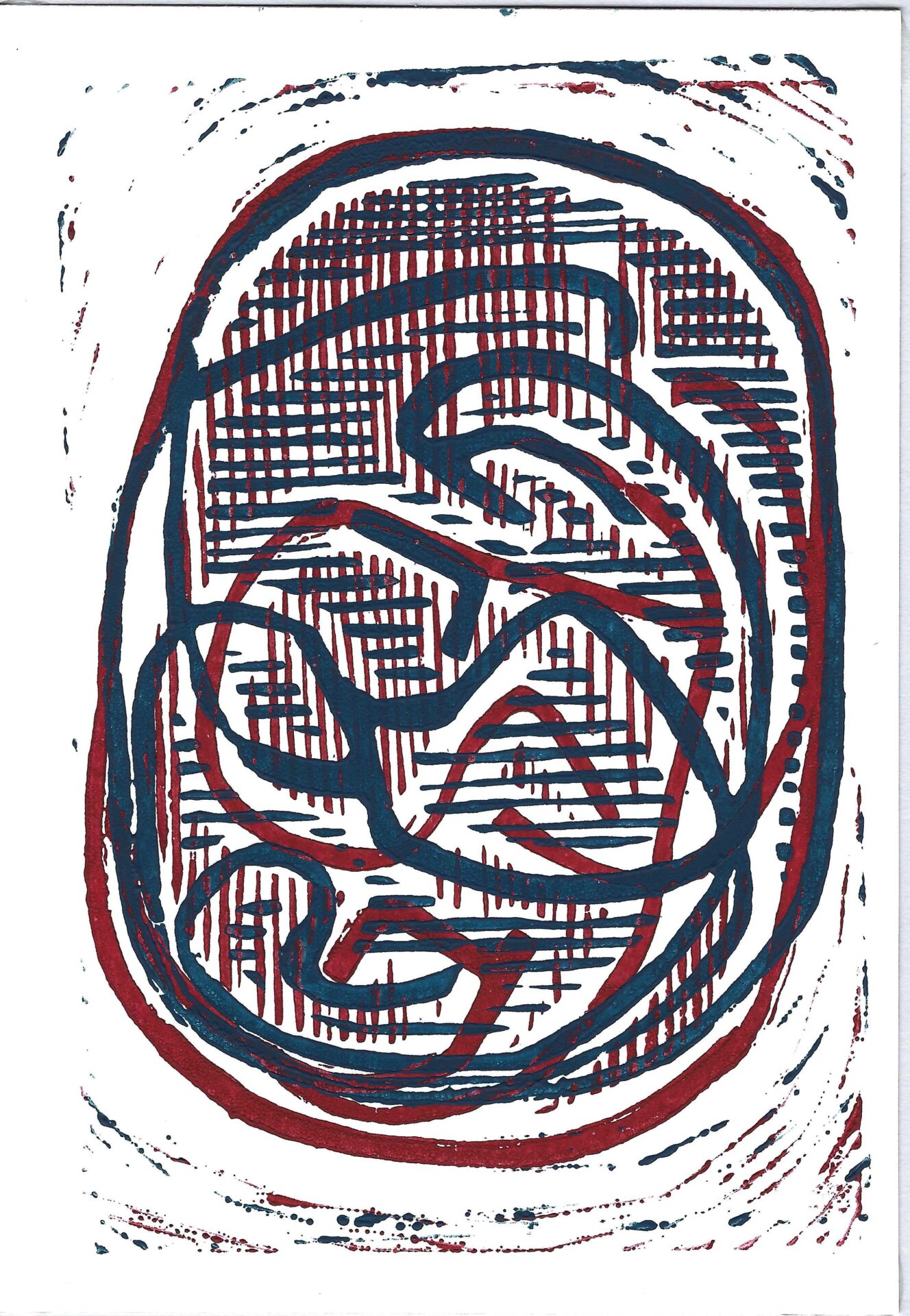what does the Reform movement have to say about “ol malchut shamaim”?
Emil G. Hirsch Jewish Reformer 1886.04.09 p. 9
“Modern scholarship has spoken and its voice cannot be hushed. It has shown that Moses is not the author of the Pentateuch; that Sinai is not the cradle of what is highest and best in Biblical Judaism… that the whole apparatus of priestly institutionalism is of non-Hebraic origin: the veritable “laws of the Gentiles.” The Abrahamitic rite, the dietary and Levitical laws, sacrificial ritualism, the festal cycle and the like, are not indigenous to the Jewish soil.”
Quoted in Michael Meyer, Response to Modernity a history of the Reform Movement in Judaism. Oxford University Press, 1988, p.273.
more…
Meyer, Michael. Response to Modernity a history of the Reform Movement in Judaism. Oxford University Press, 1988, p.273:
“[Kaufmann] Kohler described the later tefilin (phylacteries) and mezuzah (biblical inscriptions on the doorpost) as : “talismans” whose origin was in primitive blood daubing and called the wearing of the Talit (prayer shawl) “fetishism.” Such laws, spurned by Reform Jews in practice, seemed totally discredited by discovery of their parallels elsewhere in the ancient Near East.” [CCARY, 2 (1892): 126–128; 17 (1907): 205–229; Kohler, Hebrew Union College and other Addresses (Cincinnati, 1916), 306.]
Meyer, Michael. Response to Modernity a history of the Reform Movement in Judaism. Oxford University Press, 1988, p. 196–197:
“Schorr did not negate rabbinic Judaism entirely. He acknowledged that the Talmud contained precious and venerable precepts that played an important role in the spiritual history of Judaism. Like other Reformers, his respect for it simply declined progressively as later Rabbis more and more lost the daring which had characterized their forebears. The Pharisees and early Tannaim had been willing to abrogate old laws and institute new ones in accordance with their particular situation. Legislating for their age alone, They had not sought to bind the hands of succeeding generations. But with the canonization of the Mishnah at the end of the second century and thereafter, rabbinism ceased to be a free process of adaptation and became the multiplication of onerous restrictions with little concern for contemporary circumstance. Instead of advancing religious development, rabbinism had increasingly held it back. Moreover, the Rabbis had misread the Bible. Their literalism, for example, had made them find tefilin (phylacteries) in the text of the Torah, preventing them from realizing that the commandment “Bind [God’s precepts] as a sign on your hand and let them serve as a symbol on your forehead” (Deut. 6:8) had to be understood merely as a metaphor for remembering, not as mandating a particular ritual act.”
if not from “heaven”, from where comes the authority of the contemporary rabbi?
Meyer, Michael. Response to Modernity a history of the Reform Movement in Judaism. Oxford University Press, 1988, p. 370:
“In 1965 a special CCAR committee on rabbinical status confirmed the existence of a state of crisis long in the making. Predominantly it saw the crisis as one of waning rabbinical authority. Reform rabbis no longer felt they were effective leaders. Lacking the authority of revealed texts to which more traditional colleagues could appeal, they found that respect for their position and person did not prevent the encroachments of temple officers and boards. Lay leaders had begun to regard rabbis rate executives who were expected to perform in accordance with their desires and expectations.”

